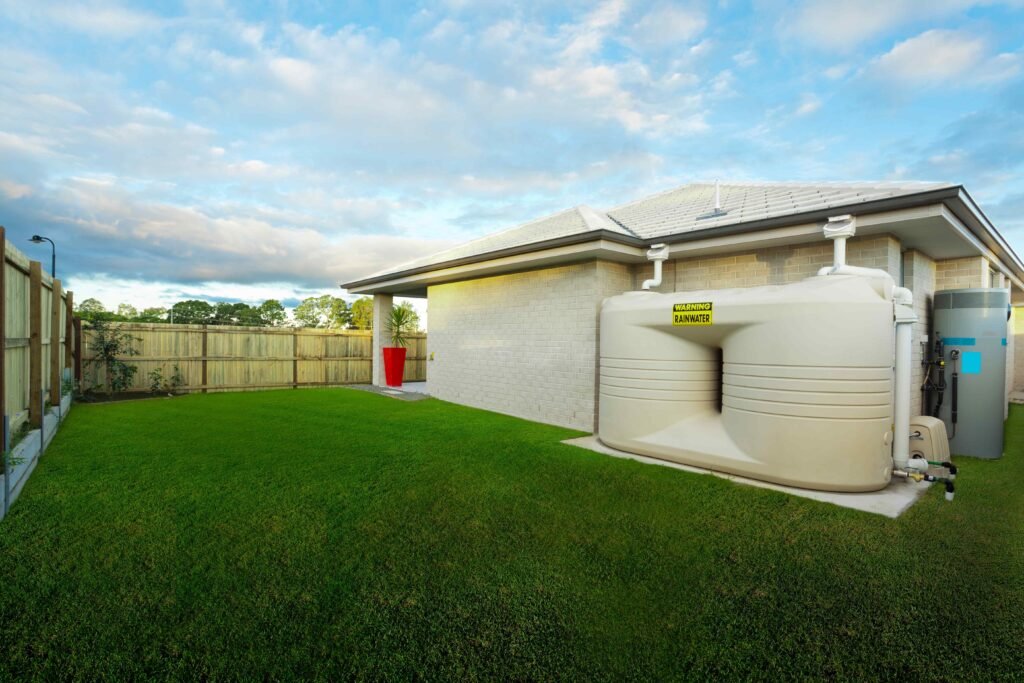Address
Unit 8, Meerzicht Business Park, 33 Kelly Road, Jet Park Boksburg, 1459
Work Hours
Monday to Friday: 8AM - 5PM
Address
Unit 8, Meerzicht Business Park, 33 Kelly Road, Jet Park Boksburg, 1459
Work Hours
Monday to Friday: 8AM - 5PM

Rainwater harvesting systems (also called rainwater catchment systems or rainwater collection systems) include all the technology and equipment needed to collect and store rainwater for later use. The system components often vary from a simple rain barrel for small harvesters to very sophisticated structures. These structures can be mechanical, such as pumps, tanks, and even water purification systems.
Because not all the rainwater collected can be stored long-term, the non-potable water is often used for immediate needs. These include irrigating your landscaping projects, flushing toilets, washing cars, and laundering clothes. It can also be purified and used for both human and animal consumption.
For those living in a populated region with pressing water problems, rainwater harvesting systems provide an alternative supply to households and businesses with enough water for use during the drier seasons. This eases the demand for municipal water supply systems.

· Reduces strain on municipal water sources.
· Can save money on water bills.
· Provides a reliable source of water during times of drought or emergency.
· Can improve plant growth and soil health.
· Helps to reduce runoff and prevent water pollution.
Harvesting rainwater is necessary given the sporadic nature of rain. Only a tiny percentage of global precipitation can be harnessed for human use, making harvesting rainwater an efficient means of capturing extra water. This is why rainwater harvesting systems are needed.
In urban settings where the tanks are too far away from the collection surfaces or where a series of collection tanks is used to serve multiple buildings, more complex systems are needed. These include rain harvesting systems, rainwater filtration systems, and rainwater harvesting systems.
Your rainwater harvesting system should be designed in a way that all pipes and other openings are insect-proof, especially in wet systems. For catchment surfaces like roofs, clean often to remove any accumulations of dirt, moss, lichens, and other solid debris.

Even without debris, rainwater harvested is seldom safe for consumption. This is because rainwater often mixes with both soluble gases in the atmosphere and soluble and insoluble materials from the catchment surfaces, whence it lands before it is harvested.
As a rule, any rainwater collected for household use must be purified first. Processes such as flocculation, settlement, and biofilm skimming can help to remove bacteria, organic material, and dissolved chemicals responsible for forming films on your surfaces.
Maintenance is crucial for ensuring the longevity and efficiency of your rainwater harvesting system. Your rainwater harvesting system must be inspected and cleaned regularly.
This includes cleaning the roof and gutter systems, checking and cleaning the filters, and inspecting the storage tanks. Remember, the cleaner your system, the less intensive your filtration process will need to be. A well-maintained system can help avoid costly repairs or replacements in the future.
The environmental impact of rainwater harvesting systems is largely positive. By reducing reliance on municipal water supply systems, these systems help conserve water and reduce strain on our water resources.
Additionally, rainwater harvesting systems help in reducing stormwater runoff, which can lead to erosion and flooding, and degrade natural waterways. By capturing rainwater, we can control its flow and use it productively.

With increasing water scarcity, rainwater harvesting systems are no longer just a nice-to-have but a necessity. These systems can provide a significant amount of water for both domestic and agricultural use, reducing dependency on traditional water supply systems.
Furthermore, advancements in technology are making these systems more efficient and accessible. From simple rooftop catchment methods to more complex rainwater filtration systems, rainwater harvesting is a crucial part of our water-secure future.
Remember, whether for environmental reasons or to save on your water bills, rainwater harvesting systems can be a beneficial addition to any household or business. Don’t wait until the next drought to consider installing a rainwater harvesting system.
If you need more information on rainwater harvesting systems or have any questions, don’t hesitate to contact us. We’re here to guide you through the process and help you select the best system for your needs.
For any other water filtration queries, please find the system that interests you the most and read more here.